Benefits of Having Vertical Roof Over a Horizontal Roof for Your Custom Metal Barn
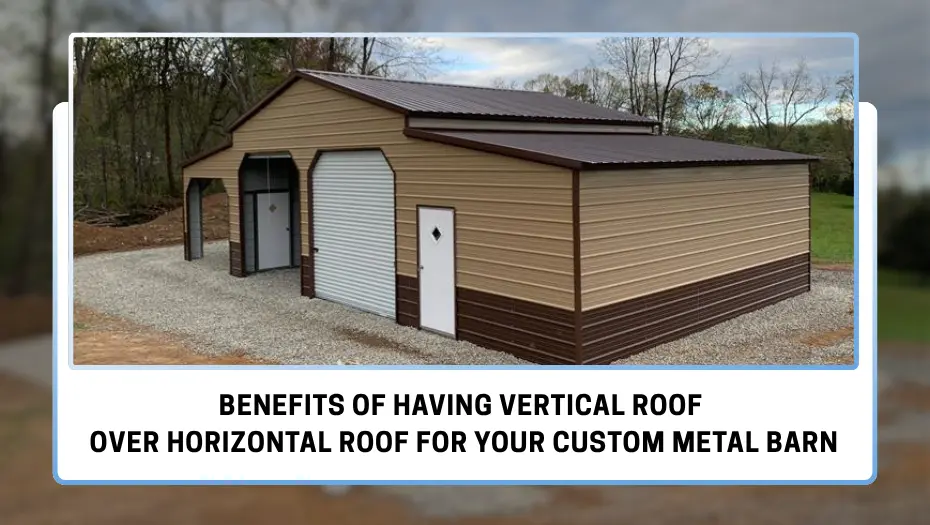
When you invest in a custom metal barn, the roof you choose plays a big role in how well the structure performs. Many people focus on size, color, or storage space, but the roof style often gets overlooked. However, picking the right roof type can affect everything from durability to maintenance. Among the options available, vertical roofs and horizontal roofs are the two most common. Buyers often get confused between these two choices and end up installing the wrong roof.
It will not happen to your metal barn building. This write-up is crafted to make choices easy for you. Each roof style has its own characteristics, but vertical roofs stand out for several practical reasons. Let’s explore them thoroughly in the space below so you don’t doubt your choice.
Vertical Roof vs Horizontal Roof: What’s the Difference?
Before understanding the benefits, it’s essential to know how these two roof types differ.
Horizontal Roof
In a horizontal roof, the metal panels run side to side, parallel to the building’s width. This is the classic setup used in regular roof metal barn buildings.
Structurally, horizontal roofs use rounded or curved edges with fewer framing components. The panels are attached directly to the roof bows and the main frame without additional hat channels. This makes installation quicker and more affordable.
Technically, horizontal roofs work best for smaller spans and moderate weather. The horizontal panel direction means that water, snow, and debris tend to move toward the sides of the structure rather than sliding down the slope. While this is fine in dry areas, it can cause water pooling or debris buildup in regions with heavy rainfall or snow.
Vertical Roof
In a vertical roof, the panels are installed from the ridge cap down to the eaves vertically. This is the same method used in vertical roof steel barns, and it involves a more advanced framing system.
Structurally, vertical roofs include hat channel supports running horizontally beneath the roof panels. These hat channels act as additional framing between the roof panels and the main structure, making the entire roof system stronger and more rigid. The ridge cap sits at the highest point, ensuring water flows down evenly.
Technically, this design allows rain, snow, and debris to slide off naturally, reducing weight on the roof and minimizing maintenance needs. The vertical panel direction improves wind resistance, as air moves smoothly over the ridges rather than catching on horizontal seams.
Key Structural & Technical Differences at a Glance
- Panel Orientation: Horizontal runs side-to-side; vertical runs top-to-bottom.
- Framing Support: Vertical roofs use hat channels and ridge caps for extra strength; horizontal roofs attach panels directly to bows.
- Drainage: Vertical roofs drain efficiently down the slope; horizontal roofs can collect water or debris at seams.
- Weather Resistance: Vertical roofs perform better under heavy rain, snow, and strong winds.
- Best Use: Horizontal is great for small, budget-friendly barns; vertical suits larger or high-weather-load structures.
Why Choose a Vertical Roof Over a Horizontal Roof? [All The Benefits]
Choosing a vertical roof for your barn offers more benefits than a horizontal roof structure. We have explained all the advantages in detail so you can make an accurate decision.
1. Better Water and Snow Drainage
One of the biggest advantages of choosing a vertical roof is its natural drainage system. Because the panels run downward, rain and snow slide off quickly instead of collecting on the roof. This reduces the chances of water pooling or leaks over time.
In contrast, horizontal roofs can trap debris and water between panel seams, which may increase the need for regular cleaning. With a vertical design, maintenance is easier, and your barn stays cleaner for longer.
2. Longer Roof Life
A steel barn with vertical style roof generally lasts longer than one with horizontal panels. The vertical orientation allows for better airflow beneath the roof, which helps keep moisture away. Less standing water means less risk of rust, mold, or corrosion. Also, the added hat-channel support beneath vertical panels gives the roof extra strength. This support distributes weight more evenly, increasing the barn’s ability to handle heavy rainfall or snow.
3. Withstands Harsh Weather Better
If you live in an area with heavy rain, snow, or strong winds, a vertical roof is a smarter choice. Its design reduces wind uplift and prevents snow buildup, which can stress the structure. Many vertical roof style barn owners choose this option because it performs well even in extreme weather conditions. Horizontal roof barns work fine in mild climates but may require more maintenance in rough weather zones.
4. Less Maintenance Required
Many individuals and businesses choose a vertical roof for their buildings because it requires low maintenance costs. It’s all possible because of the design of the roof and panels. It allows debris, leaves, snow, and rain to slide off naturally, so you will not have to clean it frequently. If you are busy with a 9-5 job, business, or other responsibilities and can’t maintain a regular structure, this design is the perfect fit for your lifestyle.
5. Increased Structural Strength
Easy slip away of water and debris is not the only reason people choose a vertical roof over a horizontal roof. Strength is also the main reason. A custom vertical roof prefab barn typically includes extra bracing and framing that boost the overall strength of the structure. This makes the barn more stable and less prone to leaks or panel damage. Over time, this added strength can save you money on repairs and maintenance. A regular roof style barn is simpler, which can be a budget-friendly option upfront. But vertical roofs bring long-term structural advantages, especially for larger barns.
6. Boosts Property Value
A vertical barn gives a clean and professional look to your property and attracts potential buyers. It is because buyers also prefer structures with vertical roofs; the reason is that you just read above; these structures are strong, slide off water and debris easily, low maintenance, and are durable. When your property buyer notices all these qualities, they can be ready to bid for a better price. So, if you ever plan to sell your property, turn your prefab regular roof steel barns into vertical roof barns; this way, you can sell your property at a better price.
7. Better for Large Barns
Constructing large structures includes complexities. The wide spans require a strong roofline and additional trims and panels for better support. For this, vertical roofs work the best in most cases. Their structure supports longer panel lengths and heavier loads more efficiently. That’s why many farm owners go for vertical roof steel barns instead of regular roof metal barn types for big installations. Horizontal roofs have lower upfront costs, but may require more reinforcements for large buildings, which can offset the initial savings.
Make a Smart Choice for Durable Structure
While both horizontal and vertical roof styles have their uses, the vertical roof clearly stands out because of its superior durability, weather resistance, and low maintenance needs. With its vertical panel design, better drainage, and stronger framing, it helps protect your barn from water damage. This is why it is ideal for regions that face heavy rainfall, snow, or high winds. Beyond protection, this roof style also enhances your property’s aesthetic and resale value.
So, if you are planning to build or upgrade your metal barn, choosing the vertical style will be the decision that pays off better. It’s the perfect combination of functionality and long-term value.
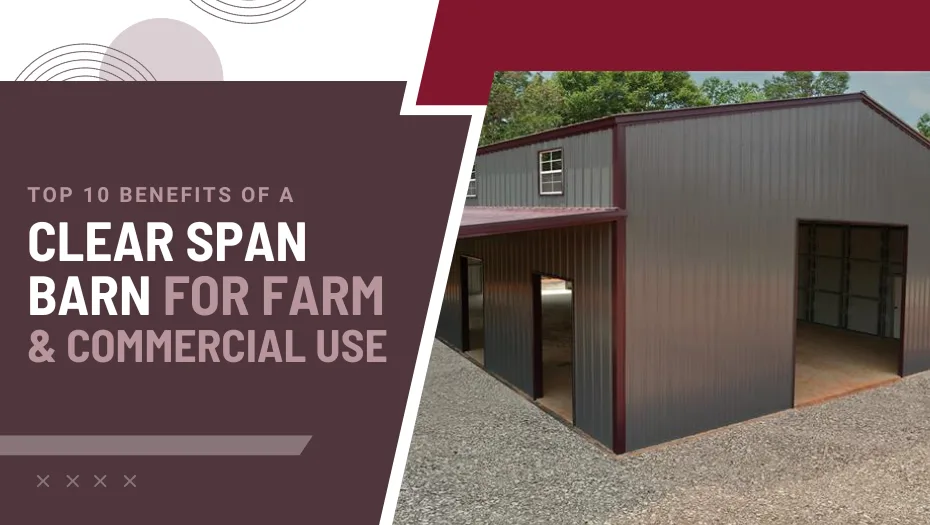

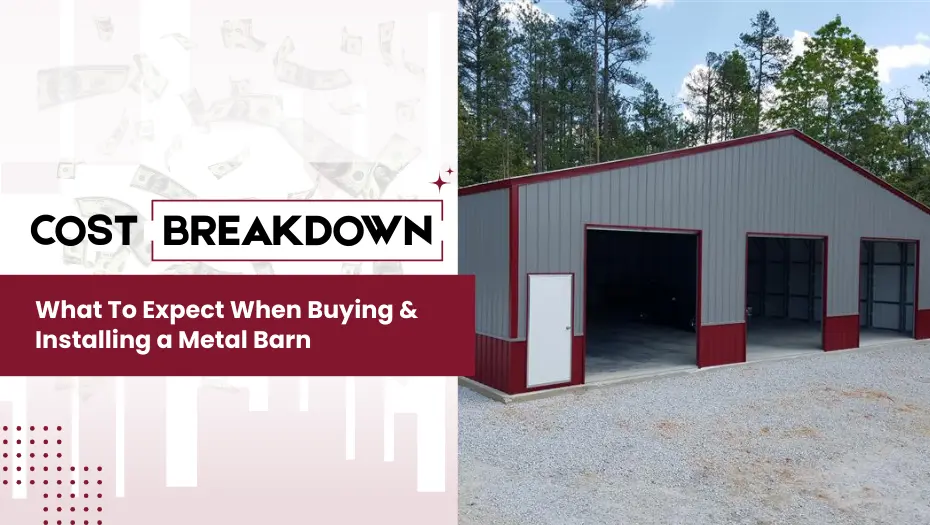
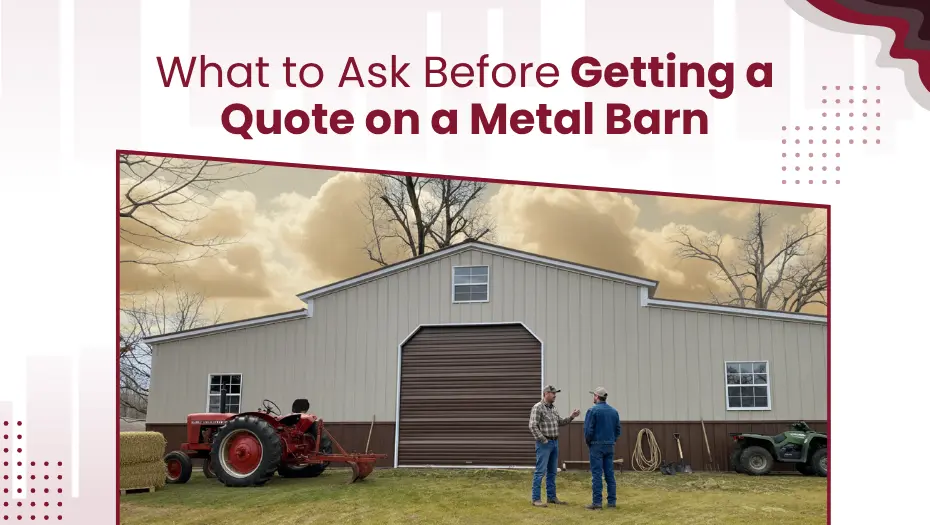
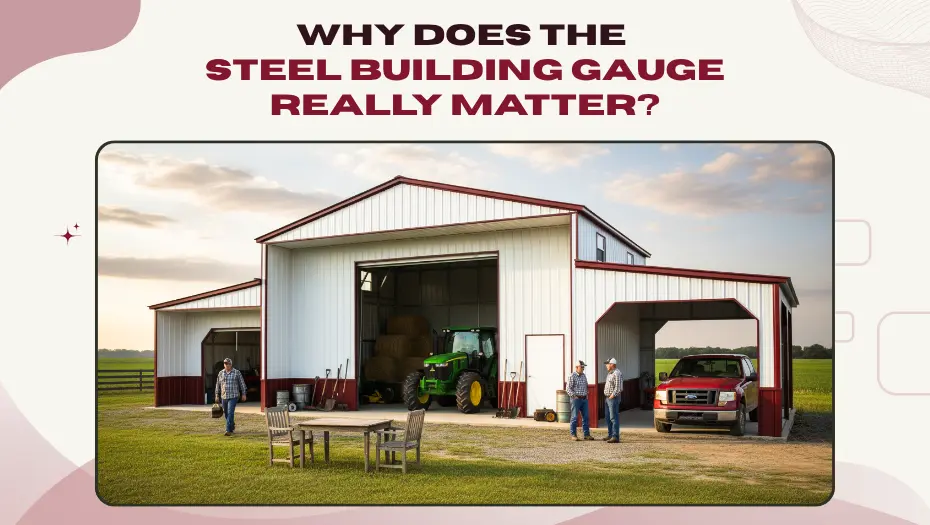
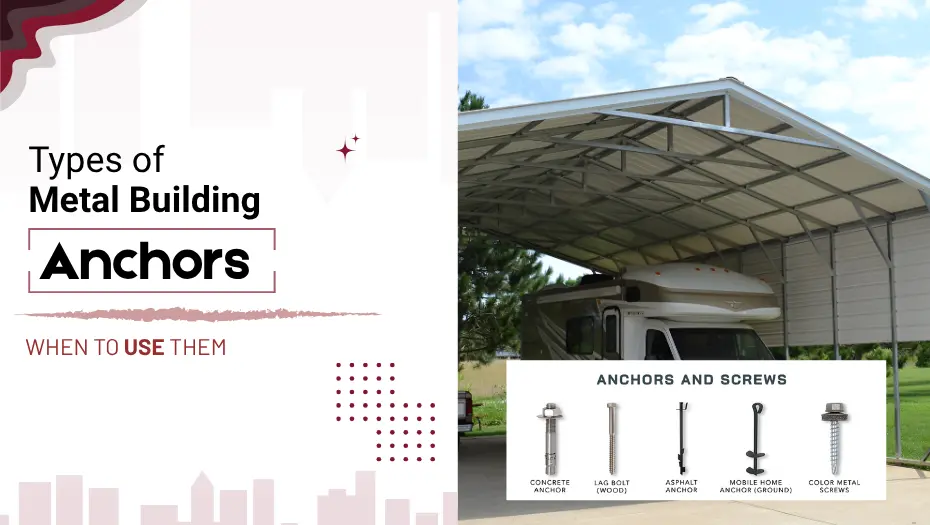
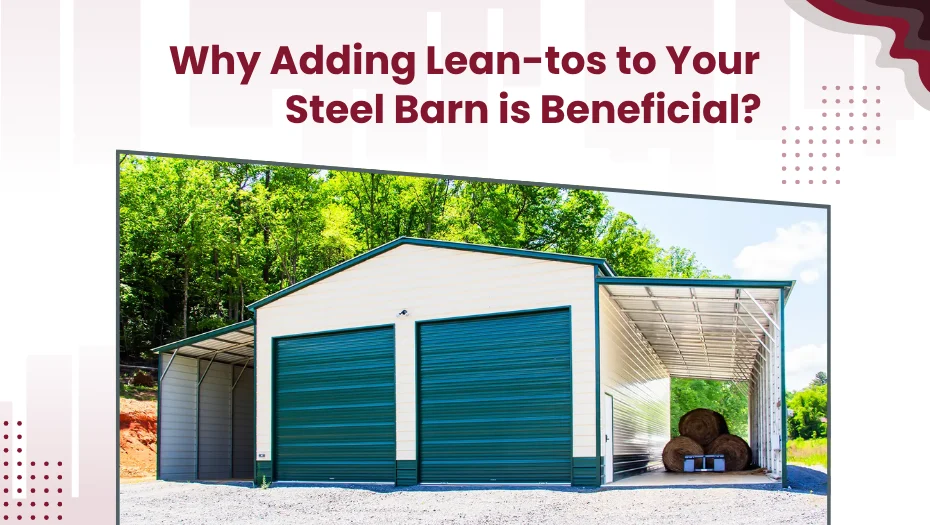
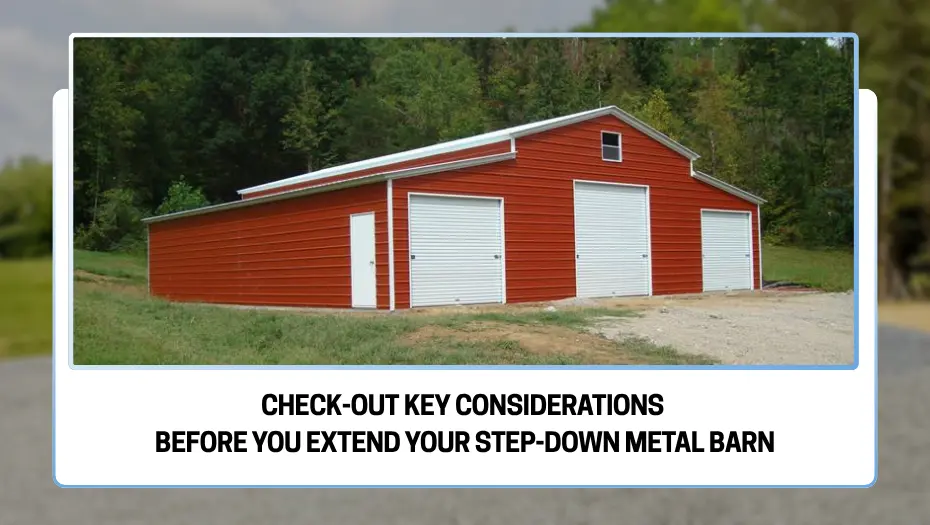
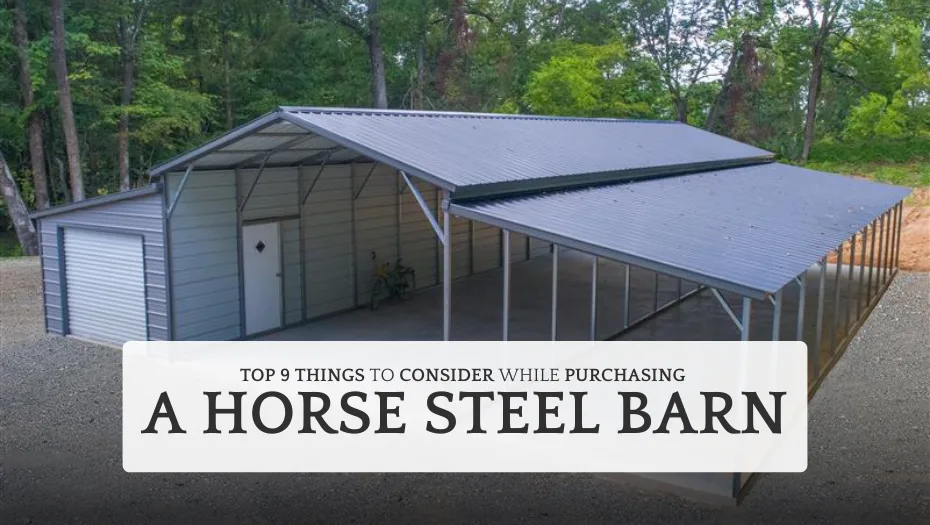
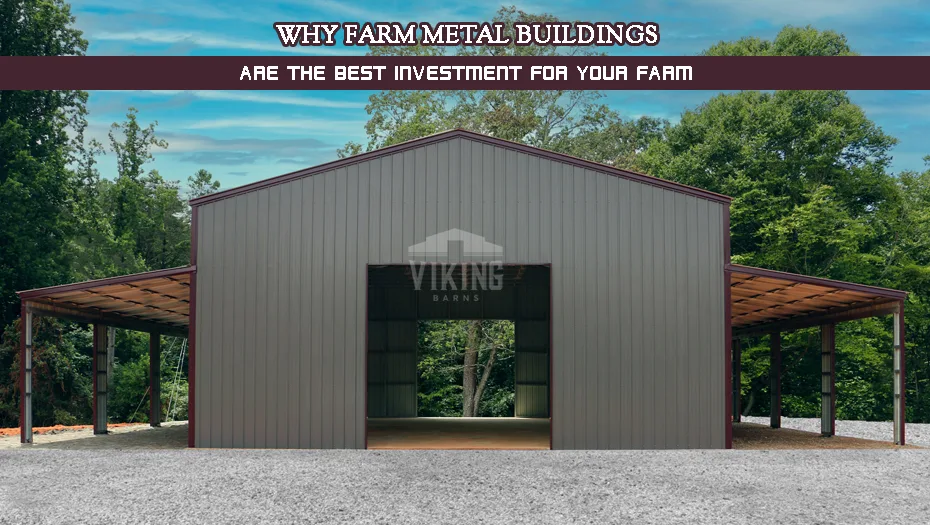
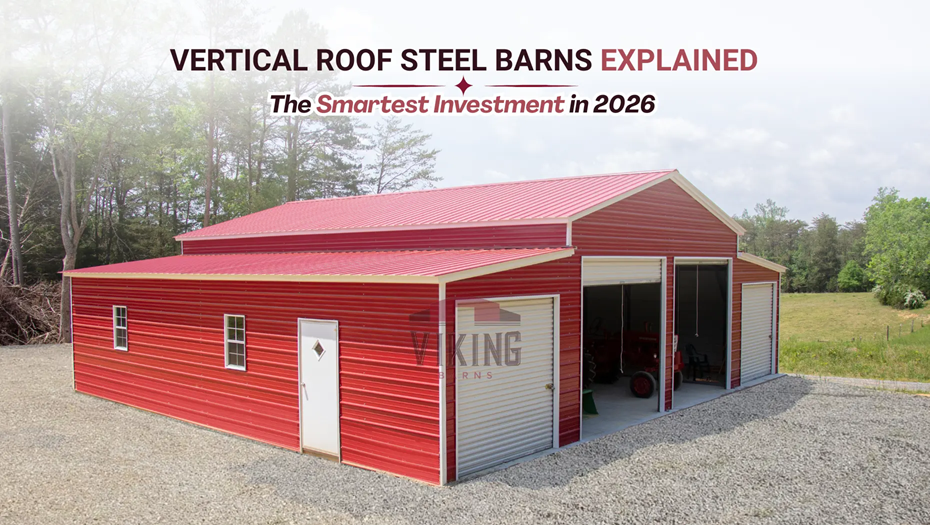


 Alabama AL
Alabama AL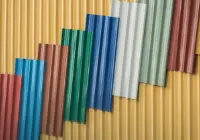

 American Steel Carports Inc.
American Steel Carports Inc.